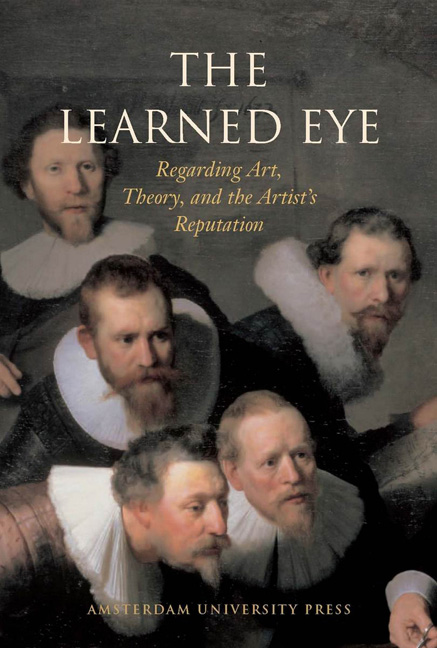‘A Record and Memorial of his Talents for Posterity’: Anthony van Dyck’s Sketch of the Garter Procession
Published online by Cambridge University Press: 25 January 2021
Summary
Van Dyck's largest and most important oil sketch is a grisaille showing the Knights of the Order of the Garter taking part in a procession held annually on St. George's Day, April 23rd (FIG. 1). The King, Charles I, can be clearly made out beneath a canopy on the left hand side of the composition. The oil sketch records an extremely important but sadly uncompleted royal commission for a series of large tapestries which were to have hung in Inigo Jones's Banqueting House at Whitehall, beneath the great painted ceiling by Rubens. A discussion of this remarkable work, which has recently been acquired by the Ashmolean Museum, seemed to me an appropriate way in which to honour my friend and colleague Ernst van de Wetering. It has been Ernst's achievement to greatly enhance our understanding of both the working methods and the artistic ambitions of Van Dyck's countryman and fellow painter, Rembrandt. On the one hand, the grisaille is a preparatory work in which we can see very clearly a key stage in Van Dyck's working methods in terms of subject matter, style, and technique. The sketch yields us a rare moment of insight into a seventeenth-century painter's creative process. On the other hand, the unaccomplished decoration project was a unique endeavour of a successful and ambitious painter to expand upon his reputation and enter into artistic emulation with his predecessors in a courtly context. Van Dyck's sketch raises more issues than can be resolved within the scope of this article; however, it clearly poses just those questions regarding the artist's creativity and status that have been asked and often answered by Ernst during his career.
The sketch has a distinguished history. It was in the collection of Charles I – the King's CR brand is on the back of each of the two oak panels which make up the support (FIG. 2) – and in Abraham van der Doort's inventory it is described as ‘painted in black and white in oyle Cullors a long narrow peece – which was made for a moddell for a bigger piece where yor Maty and the Lords of the Garters, goeing a Precessioning upon St Georgs day.’
- Type
- Chapter
- Information
- The Learned EyeRegarding Art, Theory, and the Artist’s Reputation, pp. 133 - 139Publisher: Amsterdam University PressPrint publication year: 2005

